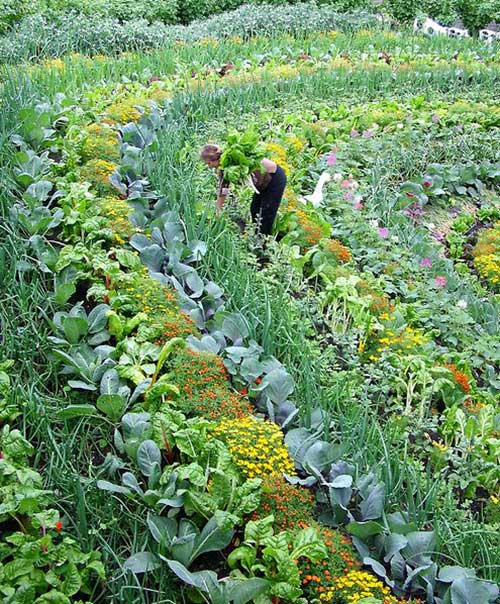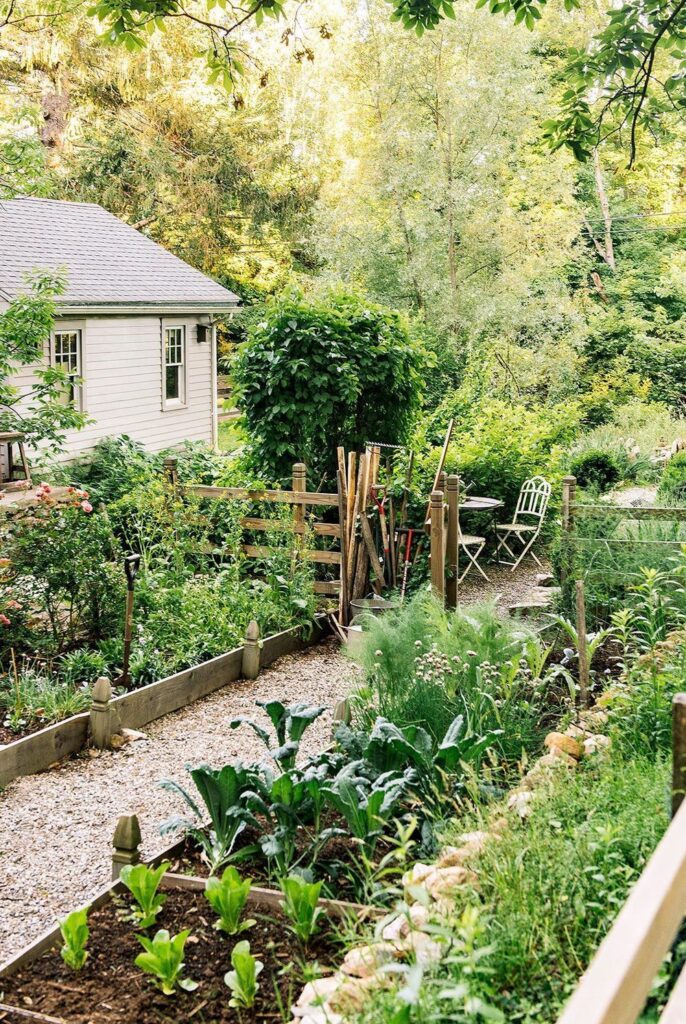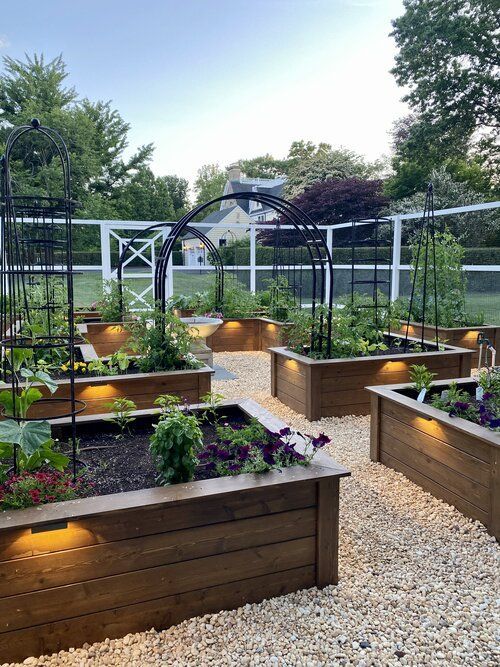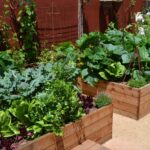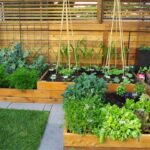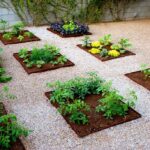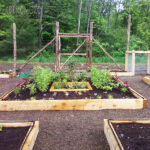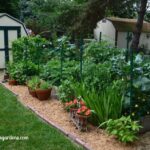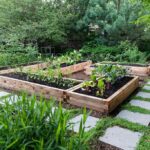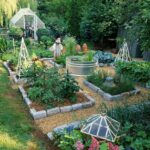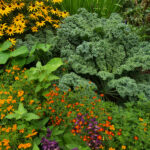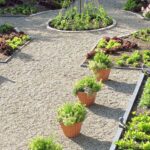Landscaping vegetable gardens can be an exciting project for any homeowner looking to incorporate a beautiful and functional space into their yard. By integrating landscaping principles with practical vegetable gardening techniques, you can create a visually appealing and productive garden that not only provides fresh produce but also enhances the overall aesthetic of your outdoor space.
One way to incorporate landscaping into your vegetable garden is by creating defined paths and borders using materials such as stone, bricks, or wood. These boundaries not only add structure and organization to the garden but also help to prevent soil erosion and weed growth. By delineating different areas within the garden, you can create a sense of order and design that will enhance the overall look of your space.
Incorporating vertical elements such as trellises, arbors, and raised beds can also add interest and dimension to your vegetable garden. These structures not only provide support for vining plants like tomatoes and cucumbers but also create visual focal points within the garden. Additionally, vertical elements can help to maximize space and create a more efficient growing area, allowing you to grow more vegetables in a smaller footprint.
Choosing the right plants and flowers to complement your vegetable garden can also enhance its overall design. Consider planting herbs, flowers, or ornamental grasses around the perimeter of the garden to add color, texture, and interest. Mixing in edible flowers like nasturtiums or calendula can not only attract beneficial pollinators but also add a pop of color to your garden beds.
Incorporating hardscaping elements such as patio areas, seating areas, or water features can also add to the overall aesthetic of your vegetable garden. By creating outdoor living spaces within the garden, you can create a relaxing environment where you can enjoy the beauty of your plants while also taking in the sights and sounds of nature. Consider adding a bench or table for outdoor dining, or a small pond or fountain for a tranquil water feature.
Finally, lighting can play a key role in enhancing the design of your vegetable garden. Consider adding solar-powered path lights, overhead string lights, or spotlights to highlight key plants or features within the garden. Proper lighting can not only create a beautiful ambiance in the evening but also allow you to enjoy your garden space long after the sun goes down. By incorporating these landscaping principles into your vegetable garden design, you can create a beautiful and functional space that will provide fresh produce, beauty, and enjoyment for years to come.
